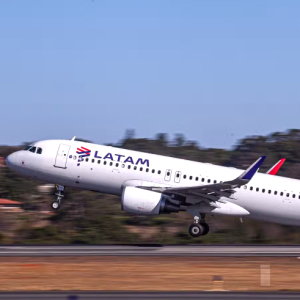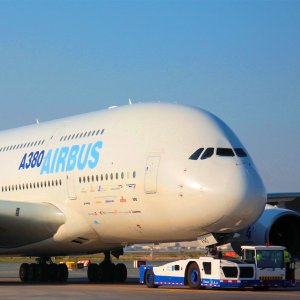MRO Eyed As Launchpad to Global Market

STORY INLINE POST
Q: What led American Industries to the aerospace industry and the state of Chihuahua?
A: Our aerospace operations in Chihuahua began sheltering General Dynamics, a harness manufacturing company that would later become Aerotec. Shortly after its incorporation to the state, the company decided to outsource its cable manufacturing, which we bought and managed after a complete analysis of the complexities of the project. At the time, we manufactured harnesses for many big players, including General Electric and General Motors. Some companies may consider shared manufacturing a luxury but competitiveness can be enhanced using labor specialization to lower operational costs.
Afterward, we began similar projects with various OEMs. We worked with Bombardier’s civil aviation division until demand for airplanes dropped. Subsequently, we approached Airbus, which opened a global tender for a project with long-term growth. These negotiations also led us to collaborate with Safran, because a condition of the tender was that manufacturing be performed in Mexico. Safran’s operations in the country have been greatly successful, growing from a staff of 500 to 4,000 to date, with the highest operations by volume of all its plants in the world.
Q: What are the company’s plans within Chihuahua’s aerospace industry?
A: Our plans include the construction of a world-class MRO that would strengthen the cluster by providing services to international airlines. To perform C and D maintenance, component disassembly is necessary to diagnose the condition of parts and with what level of urgency they must be replaced. If a replacement is necessary, the new part has to be acquired in less than 48 hours for the plane to be operational in less than three weeks. All local companies involved in this process must be certified to manufacture the necessary parts or have them easily accessible in storage. Managing such a large structure, chain of suppliers and a range of capabilities is much more complicated than opening a new manufacturing plant. However, having an MRO will give us similar capabilities to an assembly plant. To build this MRO we are collaborating with many different companies including Oliver Wyman, Boeing and L-3 Crestview.
Q: What exterior factors have most significantly influenced the Mexican aerospace industry?
A: During the ‘80s, the automotive industry catalyzed the development of local manufacturing industries in the north and central Mexico, which led to the diversification of the country into aerospace. However, the industries are very distinct. Automotive companies must operate with 85 percent use of personnel effective hours to be competitive while the aerospace industry can manage at 40 percent, as the latter operates longer time frames. Nonetheless, it may be beneficial to increase this percentage to 50 percent.
Many global aerospace companies have seen a reduction in their productivity due to their adherence to old outdated practices. For example, 20 to 25 years ago, Boeing dominated 90 percent of the global commercial airplane market but today possesses only 45 percent. Even after this loss, Boeing is only beginning to change its strategies. Now that we have established a relationship with the OEM, we have suggested they move the manufacturing of old models, which represents 60 percent of their manufacturing hours, to low-cost areas such as Mexico to obtain 40 percent cost savings. While top management is willing to move, the company has run into reluctance to change. Such a move would allow it to reduce its overall costs by 15 percent and greatly increase its competitiveness.
Mexico is an ideal location for businesses interested in reducing costs through outsourcing while maintaining quality standards. To do so they need to train or acquire qualified personnel locally and American Industries supports companies through these administrative processes. The Mexican government could introduce incentives for these companies and facilitate local business expansions into the aerospace industry. We supported Hawker Beechcraft through a similar process, leading us to develop a close relationship with the company, which is still appreciative of support received during this difficult time.























